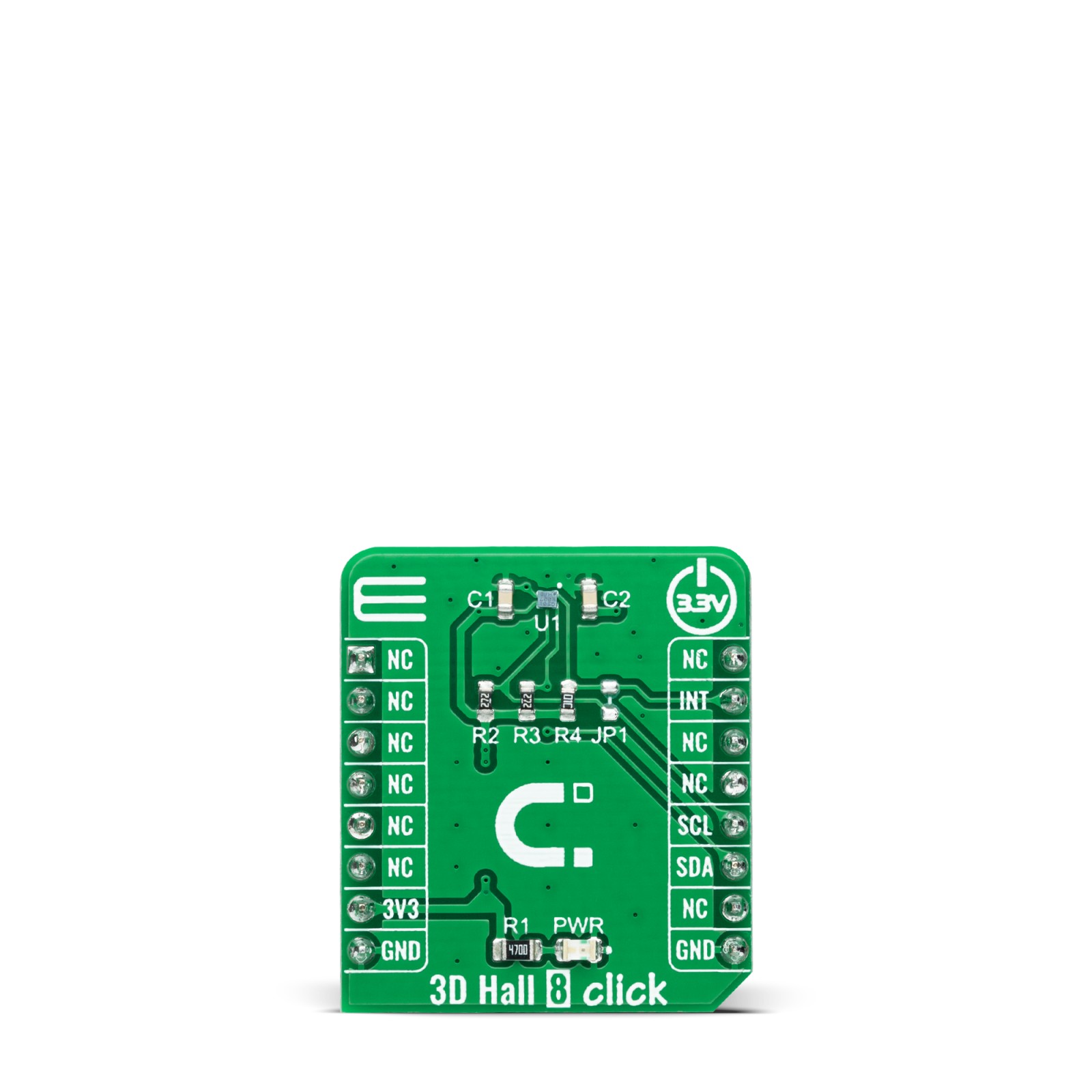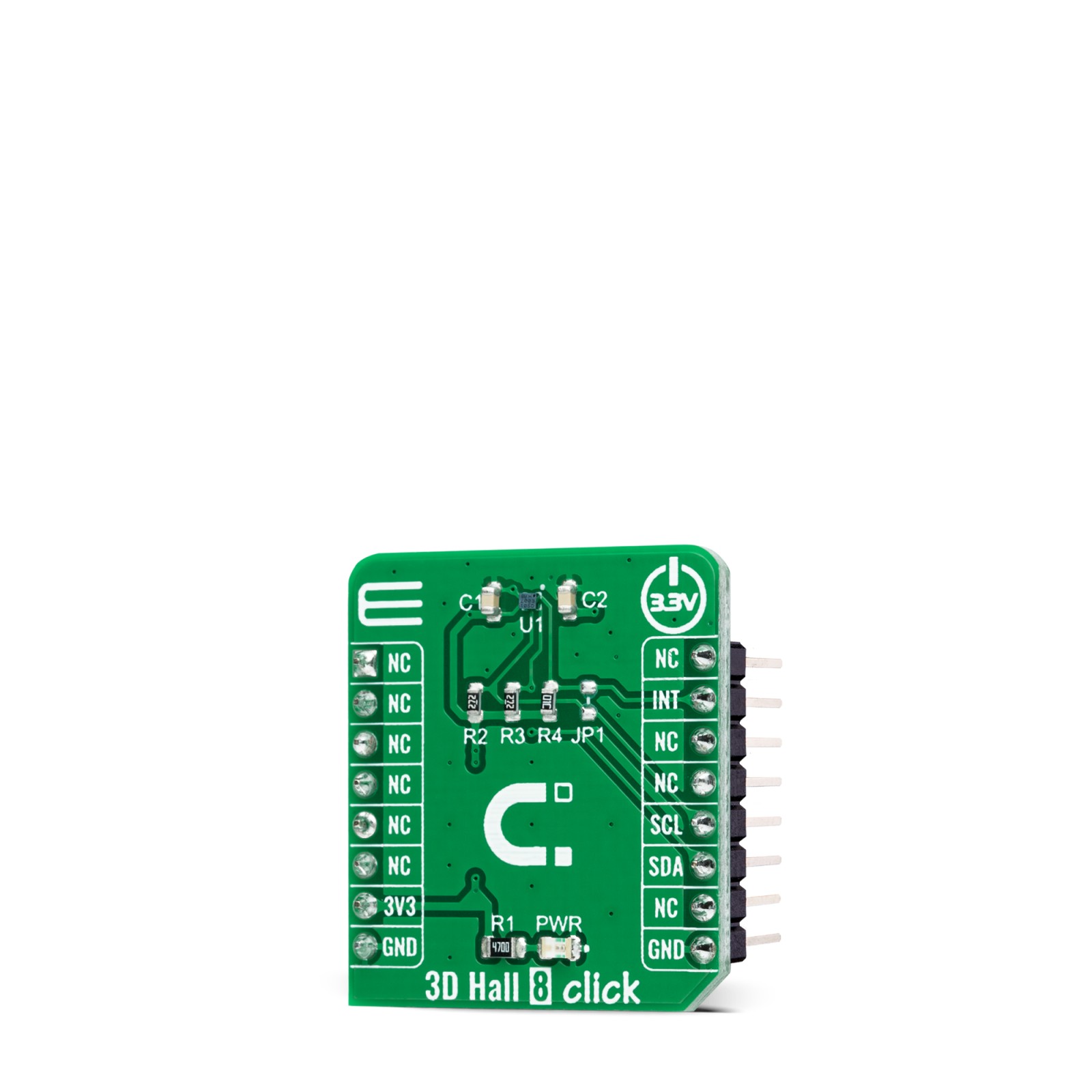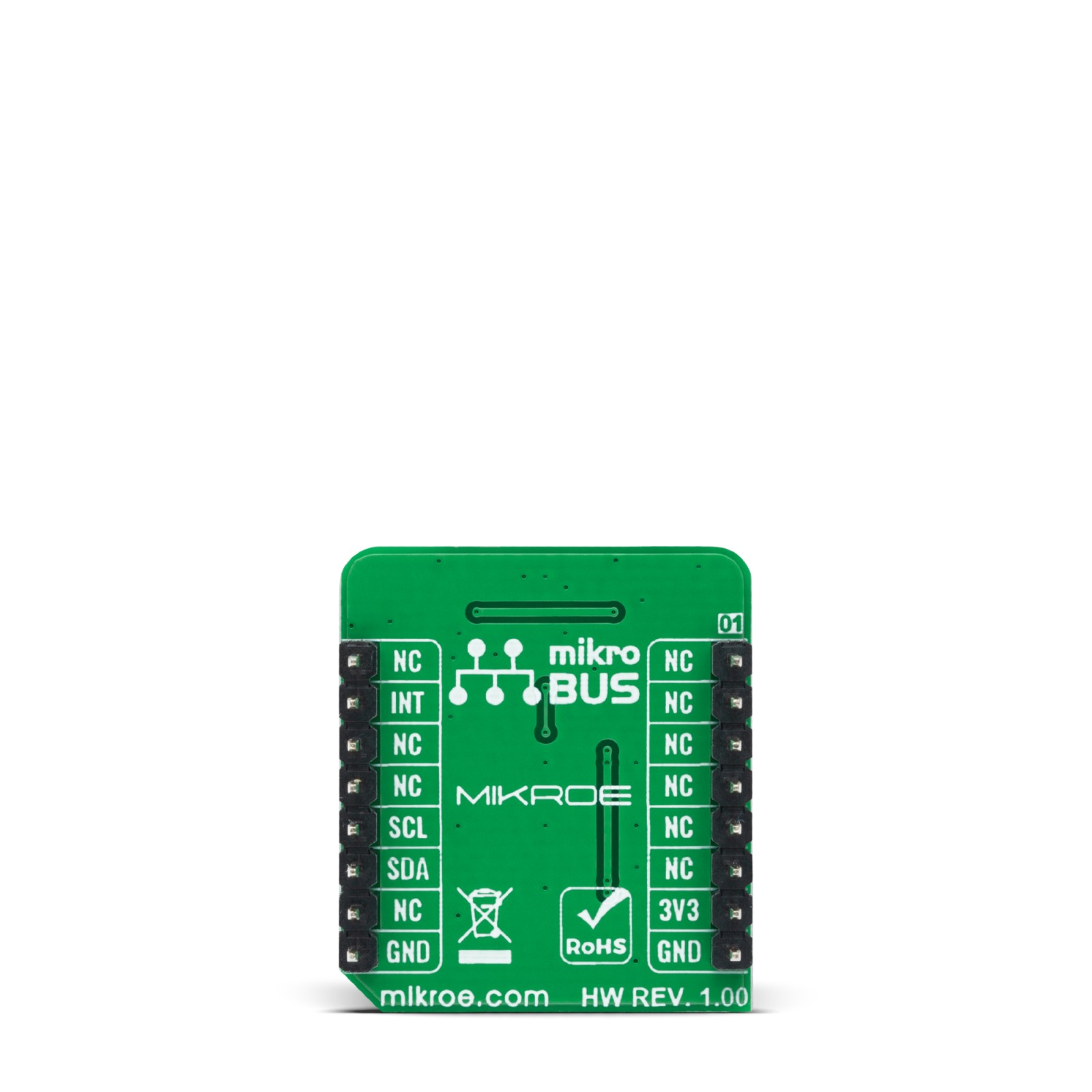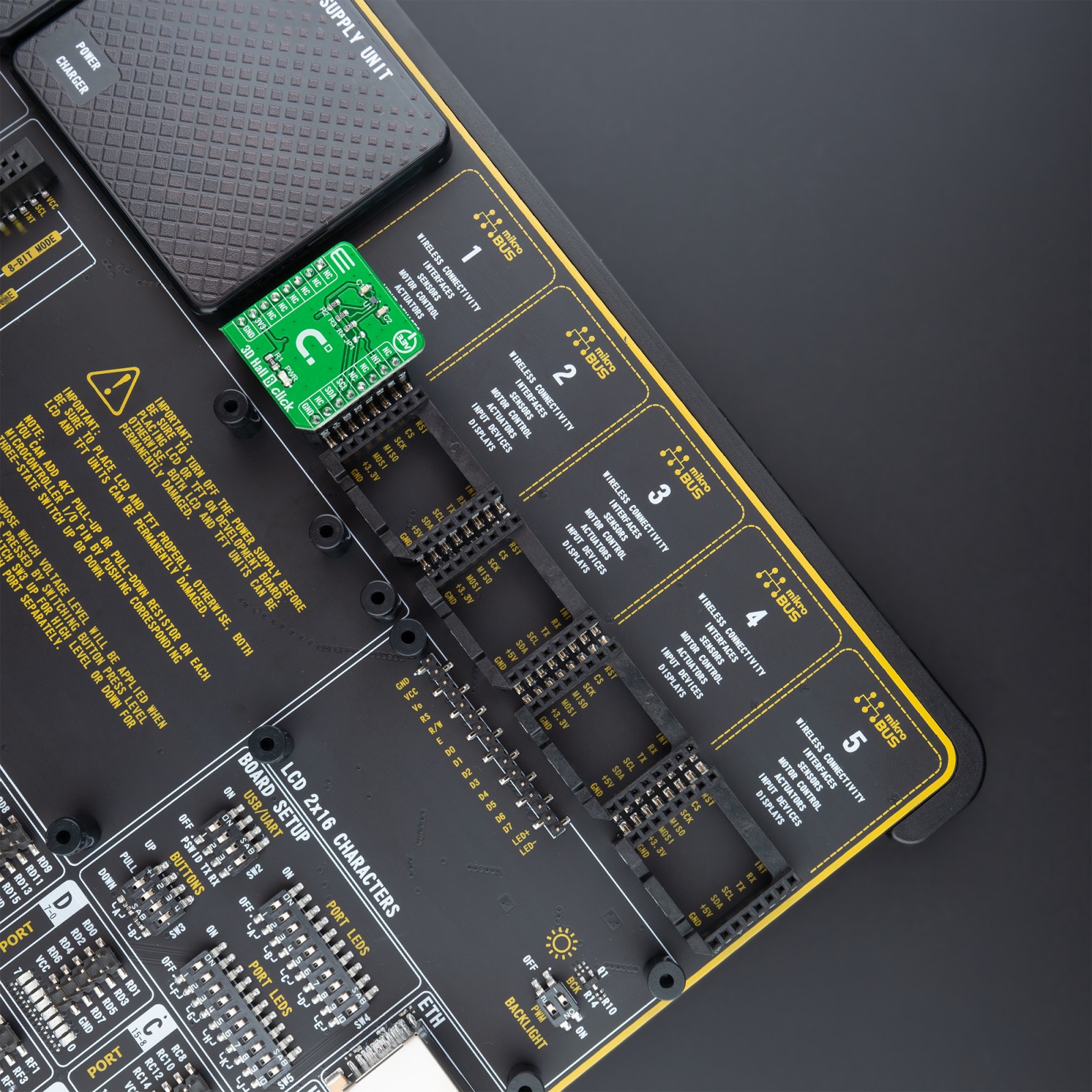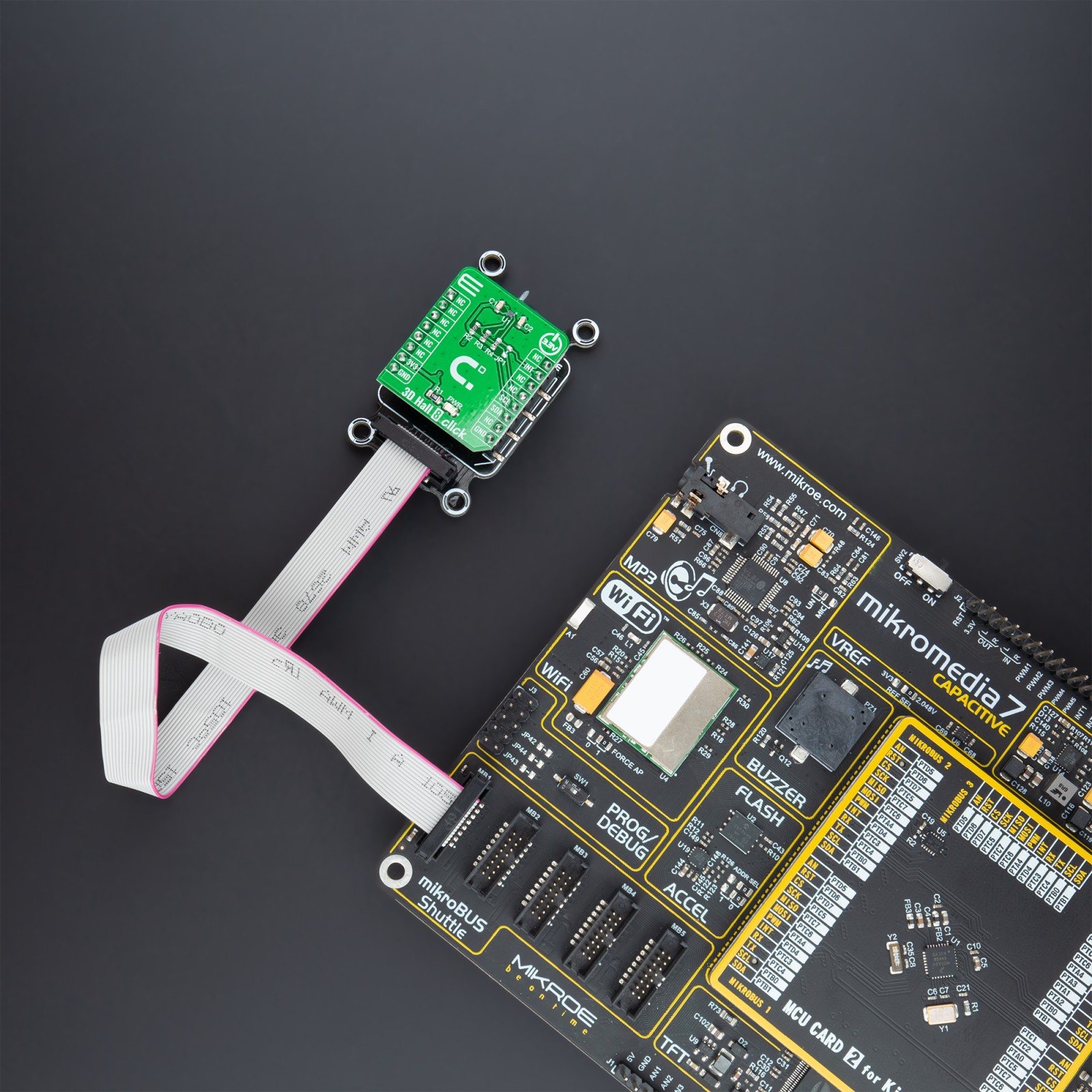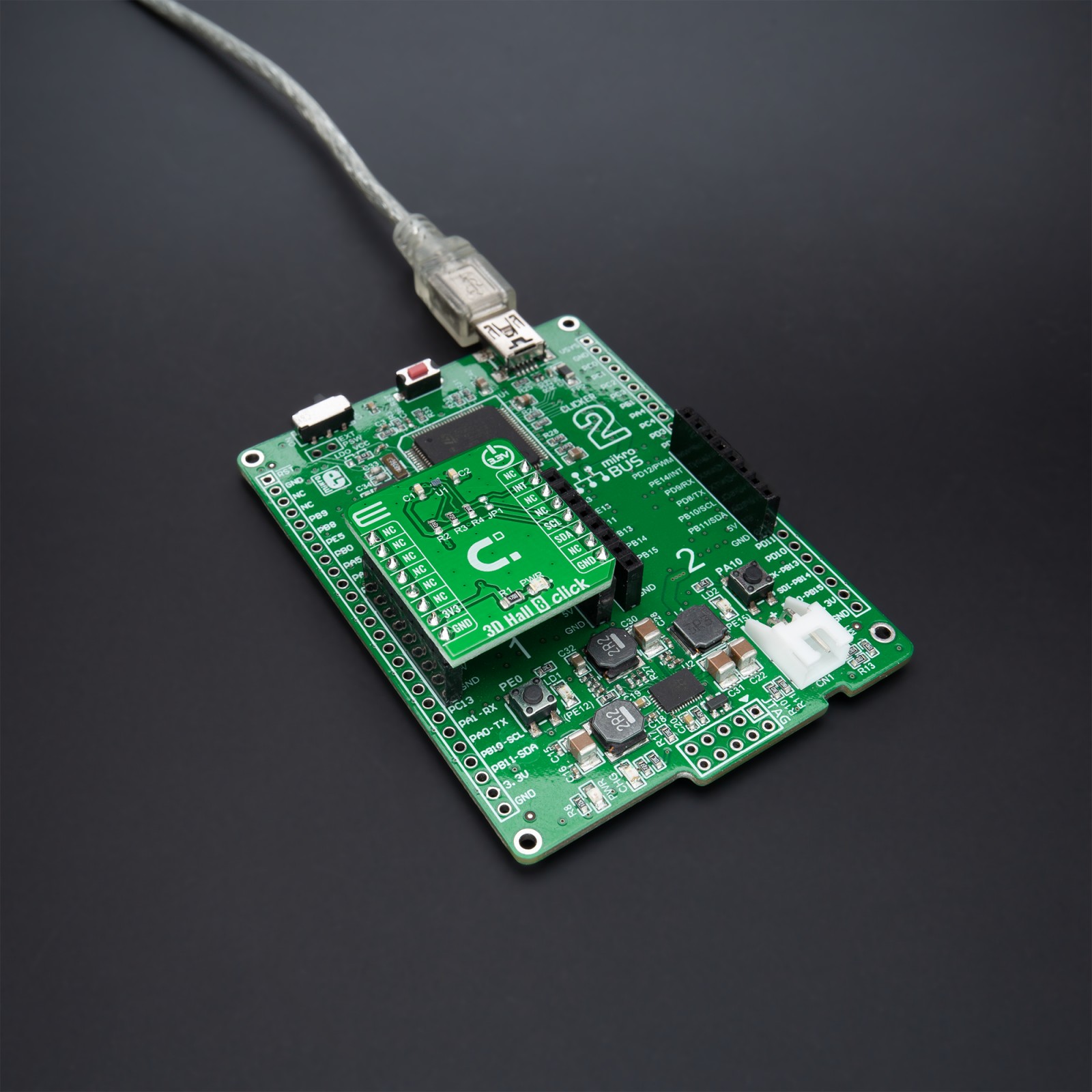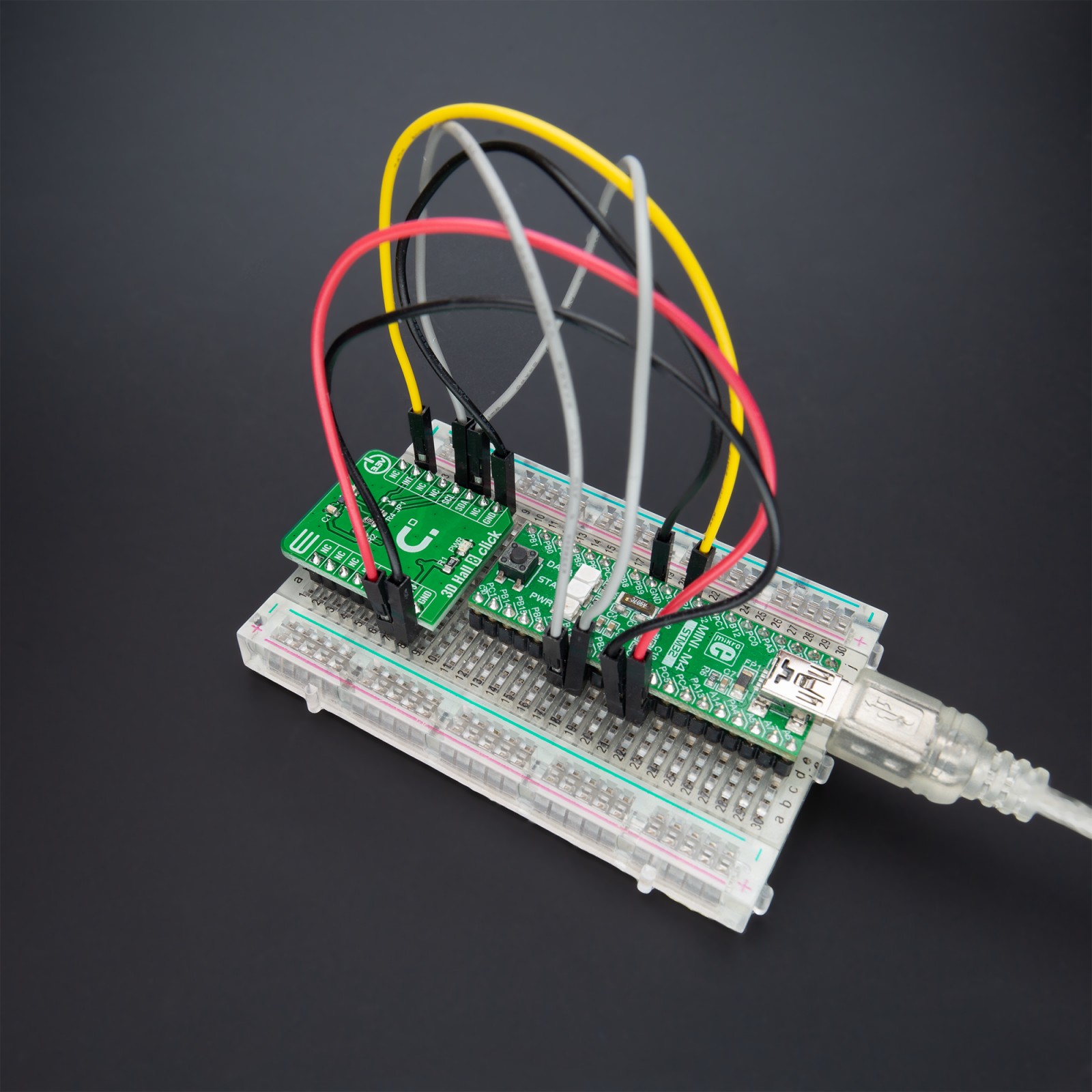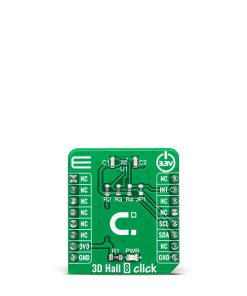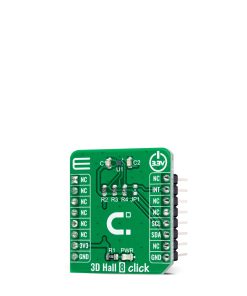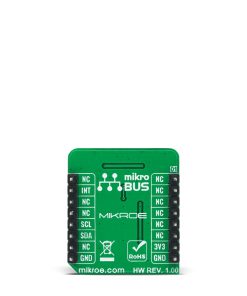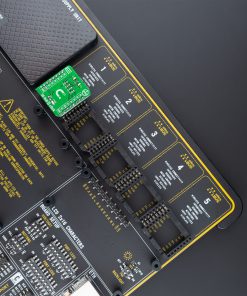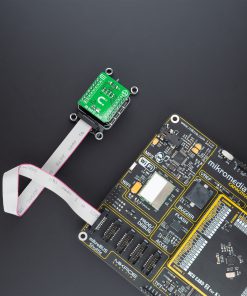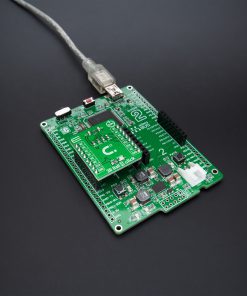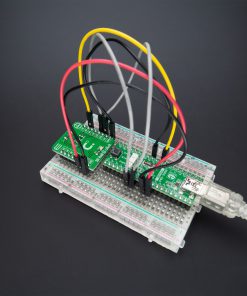-
×
 3D Motion Click
2 × R1,050.00
3D Motion Click
2 × R1,050.00 -
×
 BUZZ Click
1 × R115.00
BUZZ Click
1 × R115.00 -
×
 EXPAND Click
2 × R260.00
EXPAND Click
2 × R260.00 -
×
 ccRF2 Click
1 × R800.00
ccRF2 Click
1 × R800.00 -
×
 Alcohol 3 Click
1 × R710.00
Alcohol 3 Click
1 × R710.00 -
×
 Alcohol Click
2 × R335.00
Alcohol Click
2 × R335.00
Subtotal: R4,915.00

